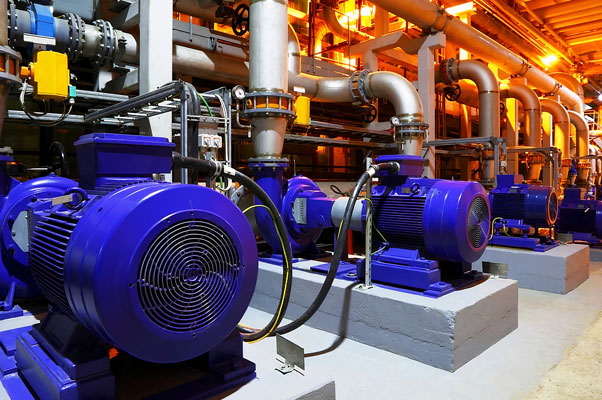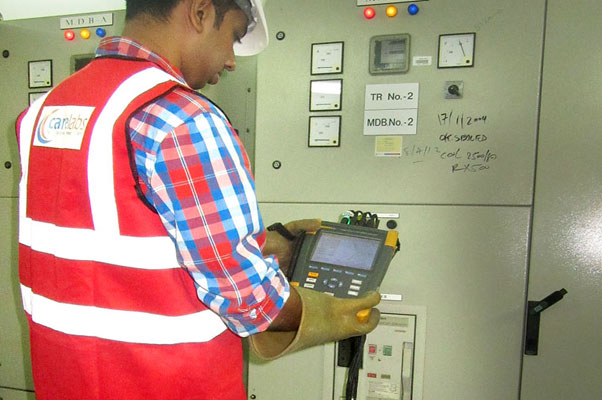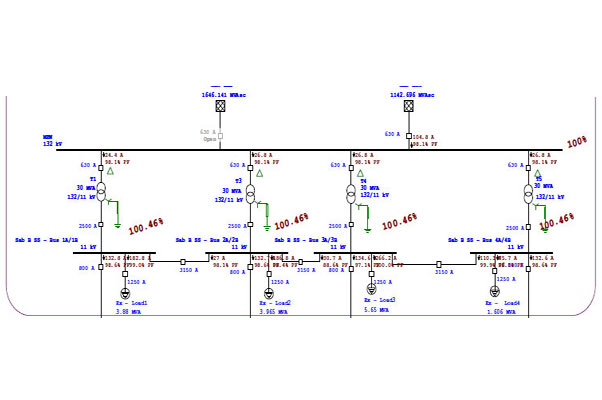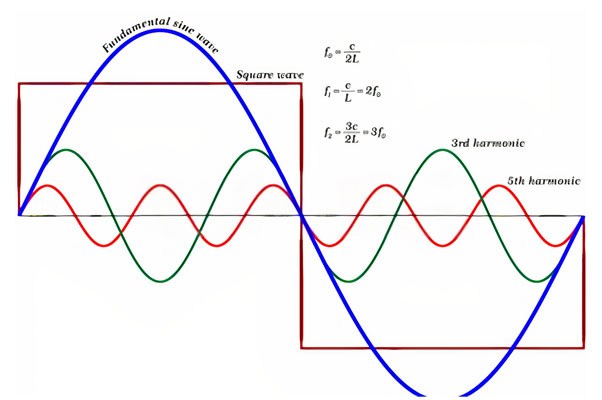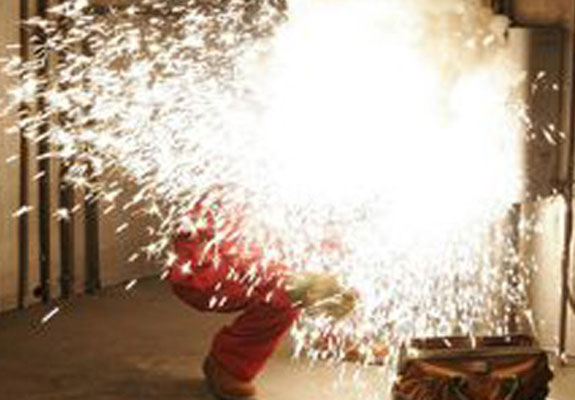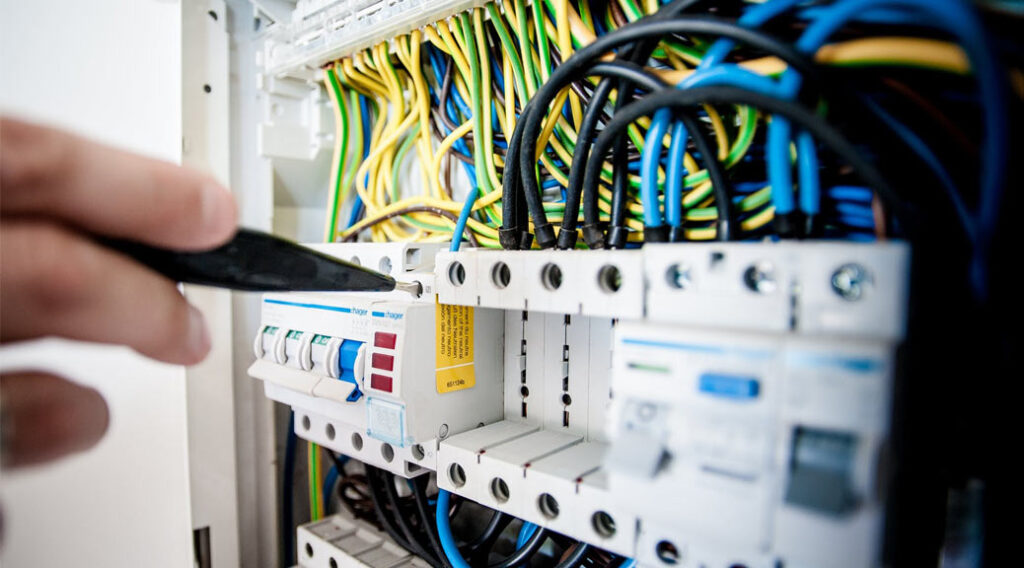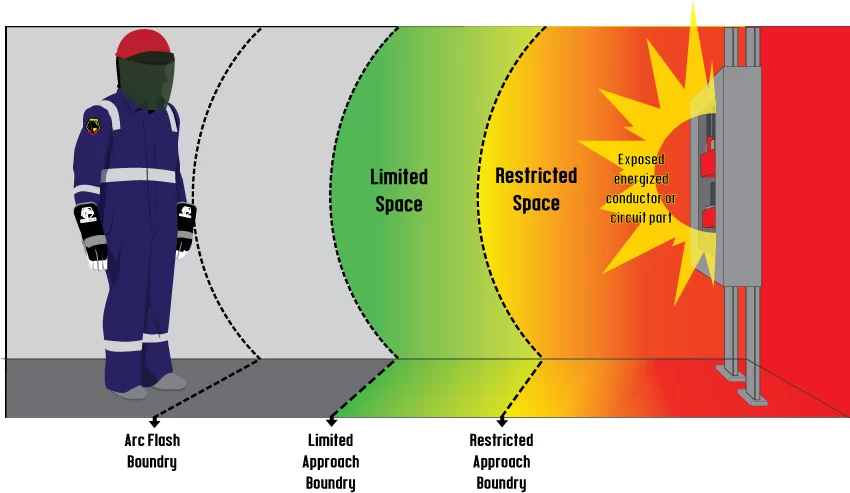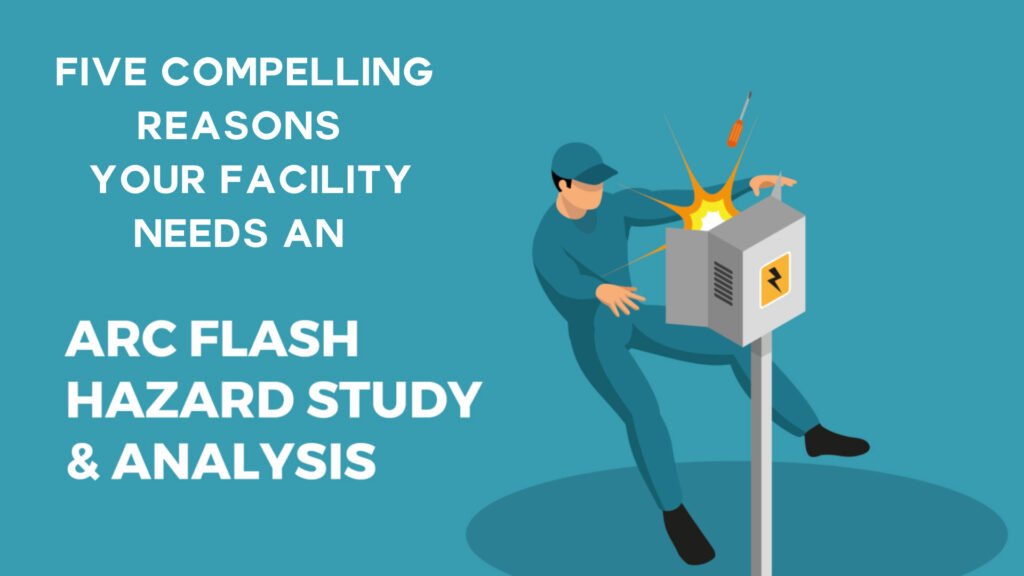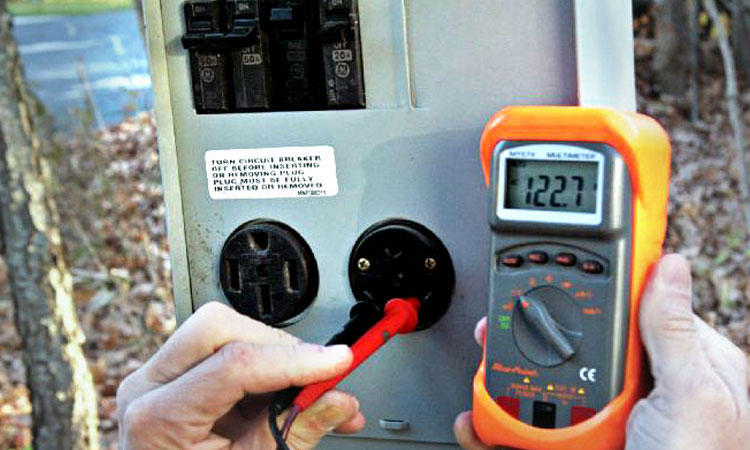The electric risk refers to the risk of death, electric shock, or other injuries directly or indirectly caused by exposure to electricity. The potential hazards associated with these electrical risks are:
- Contact with exposed live parts that may cause electric shock and burns (for example, bare wires or other electrical equipment in contact with metal surfaces such as metal floors or ceilings)
- Failure that may cause fire
- Fire or explosion, in a potentially flammable or explosive environment (for example, in a paint spray booth), electricity may become a source of ignition.
Some workplace environments are more susceptible to electric hazard risks, especially in harsher weather conditions. If your office is outdoors, in industries such as construction or landscaping, water can damage equipment.
In addition, people operating heavy equipment should pay special attention to safety procedures.
Things that Lead to Electrical Risks:
- Overhead Power Lines
- Damaged Tools and Equipment
- Inadequate Wiring and Overloaded Circuits
- Exposed Electrical Parts
- Improper Grounding
- Damaged Insulation
- Wet Conditions
As a general rule, electrical equipment used under a “hostile working environment” should be inspected at least every 12 months.
What Can be Done to Avoid Electrical Risks?
The electrical safety inspector will check whether you and your employees are working safely with electricity and whether you are protecting others and property from electric shock.
This review can help you familiarize yourself with the responsibilities and requirements of an employer and provide you with useful information.
- Power board overload protection
- Check the extension cord before use.
- Use of hazard labels and warnings
- Ensure that all appliances and equipment are certified
- Ensure that all electrical components are kept dry
- Check the wires carefully before cutting the ceiling, floor, or wall.
- Use cables suitable for the job.
- Provide ground fault protection for circuit breakers (GFCI)
- Check electrical appliances regularly
- Manage high-risk PowerPoint
- Do not modify the electric plug
- Train your employees to use electrical equipment
Stats Related to Electrical Risks:
A report by WorkSafe Australia stats that between 2003-15, 142 workers died of electrocution (an average of 11 workers per year). Among these fatal accidents almost 87% (123) were occurred during the installation of electrical infrastructure.
How can Care Labs Help?
The following electrical safety audit framework is ready to be used to develop an electrical safety plan to be implemented. Data collection and analysis can be done in a modular manner.
- Pre-audit and coordination meeting
- Pre-review questionnaire
- Refer to the prescribed list
- Physical examination
- Test and measure
- Discuss safety and power issues with employees.
- Research and review records/documents
- Prepare draft report
- Management meeting review
- Send final report
Benefits of Availing Services from Care Labs:
- Get a single point of contact for your queries throughout the project life cycle
- Offers highly skilled electrical engineers to carry out electrical safety audit availed by you
- Achieve compliance with relevant regulation and standards in Australia
- Meet employee/staff safety demands and dedication to electrical safety
- Discover and eliminate problems of your electrical infrastructure
- Reduce the risk of expensive litigation should a product cause injury
- Improve productivity of your business by reducing downtime due to electricity-related issues
- Get a reliable and trustworthy report about your electrical system using industry-recognized eTAP software
- Care Labs detailed study and analysis report will assist your technicians to identify any damage or general wear and tear that could affect your safety
- Study and analysis report will also help to find any components that could cause electric shock or high temperatures that could result in fire
- Enhance your electrical installation performance by performing electrical safety audit
Standards and Regulations:
Care Labs appoints accredited auditors in accordance with the 2002 Electrical Safety Act to perform specific audit and inspection functions.
- AS/NZS 3760:2010 inspection and testing of electrical equipment for in-service installations safety
- AS/NZS 3012: 2010 – outlines regular inspection and testing requirements for electrical installations in construction and demolition sites,
At Care Labs, experienced electrical engineers conduct comprehensive electrical safety audit to help customers reduce risks, use standard operating procedures for electrical equipment, and help ensure compliance with applicable safety codes and regulations.
Care Labs offer electrical safety audit services in all the major cities of Queensland, New South Wales, South Australia, Victoria, Tasmania, and Western Australia.
Call us right away to arrange an electrical safety audit or to get a quote!


